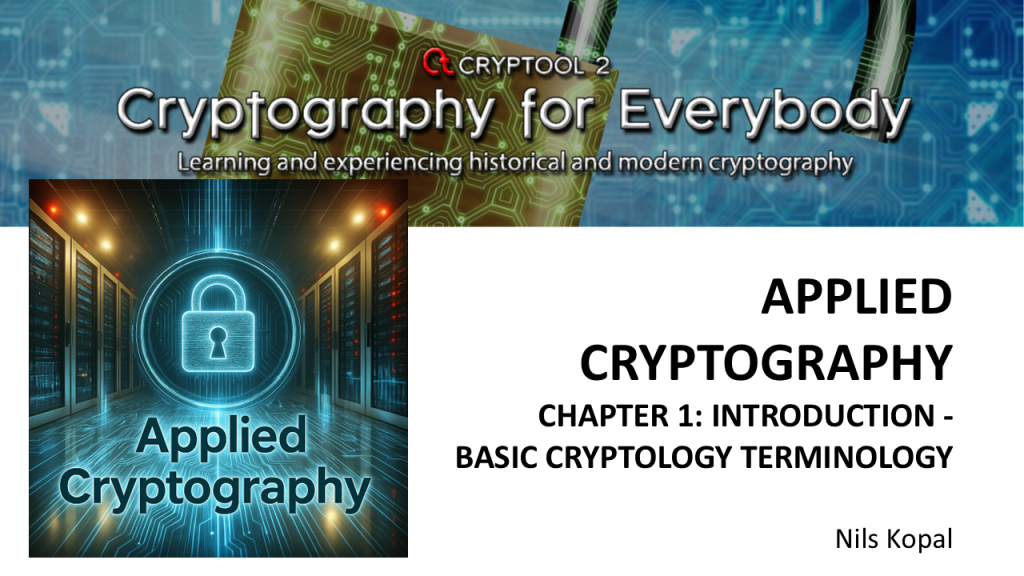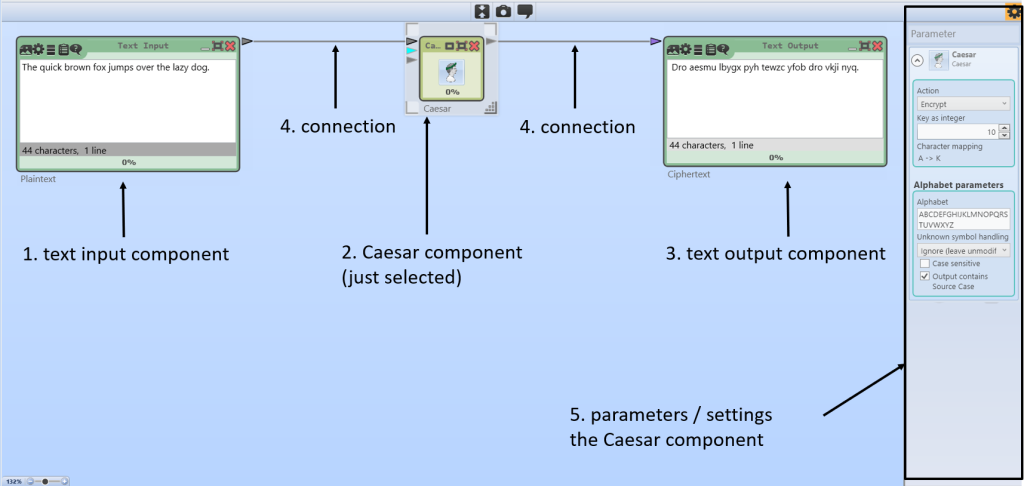After a longer break, I’m excited to finally share the first episode in my new video series Applied Cryptography. This project is based directly on the university lecture I teach at Cyber Campus NRW, part of Hochschule Niederrhein. The series is designed for anyone—students, developers, or security enthusiasts—who wants to truly understand the science behind secure communication.

What is Cryptology, Really?
Many people use the terms cryptography and cryptology interchangeably, but cryptography is only one side of the story. The other half is cryptanalysis—the art of breaking cryptographic systems. In this first episode, we define these core terms and explore their historical development. Drawing on the work of William F. Friedman, often considered the father of modern cryptology, we clarify the differences and explain how these disciplines have changed with the advent of computers—and how quantum computing might transform them again.
From Caesar to Cyber: A Journey Through Cryptographic History
This course places also a strong emphasis on history. In the first video, we revisit important milestones in cryptography—from ancient tools like the Spartan Scytale and Caesar’s cipher, through the breaking of the Enigma during World War II, to modern controversies such as NSA backdoors and the Snowden revelations. These examples show that cryptology is not just theoretical—it has changed the course of history.

Key Concepts: Ciphers, Key Exchange, and the Limits of Security
We also dive into key technical concepts, including:
- Kerckhoff’s Principle – why strong encryption should not depend on secrecy
- The Key Exchange Problem – how to share keys securely over insecure channels
- Types of Cryptanalytic Attacks – including brute-force, chosen-plaintext, and ciphertext-only attacks
Plus, we introduce the famous characters Alice, Bob, Eve, and Mallory—used to illustrate communication scenarios and attacks.

Tools for Hands-On Learning
To make cryptographic concepts more accessible, I demonstrate CrypTool 2, our free, open-source tool for exploring cryptographic algorithms and attacks. Whether you want to simulate classical ciphers or analyze modern encryption methods, CrypTool 2 provides an interactive environment for experimentation.

You can download CrypTool 2 here: cryptool.org/ct2
Watch the First YouTube Episode
If you’re curious about how cryptography works and why it matters, check out the first video of the series:
